A Look behind Lod’s World, or How to Strike Gold
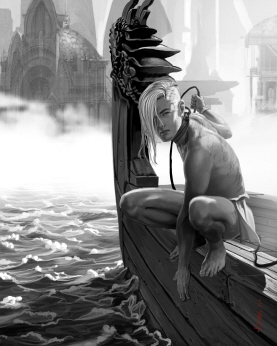
Believable world creation lends greater enjoyment to fantasy and science fiction stories. One need merely consider some of the classics like The Lord of the Rings or Robert E. Howard’s Conan the Barbarian to see how vital this is. Dune also comes to mind or Asimov’s Foundation series. In fantasy, Tolkien is the accepted master at world creation, having invented alphabets and entire new languages for his books.
Edgar Rice Burroughs added another trick to this in the Pellucidar and John Carter of Mars novels. Usually in the introduction, Burroughs went to great length to tell us how he received the various manuscripts from the hero of the tale. In this way, he helped create the illusion of reality. It was a powerful practice and was copied by such different authors as Lin Carter and John Norman, both ERB imitators.
It seems that the more one can attach the fantasy world to the real world, the greater becomes the reader’s ability to suspend his disbelief. This temporary suspension of disbelief is considered critical in order for the reader to enjoy a fantasy story.
Howard’s Hyborian Age chronicle helped give the impression that the Conan stories and the earlier Kull tales had taken place in man’s distant past. This feel of reality gives the story greater depth. Instead of feeling as if the hero walks on a cardboard stage, we feel as if he moves through a genuine world and thereby we enjoy the tale more.
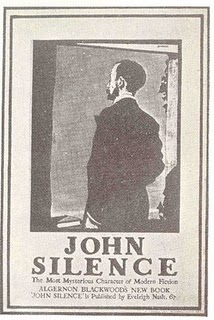
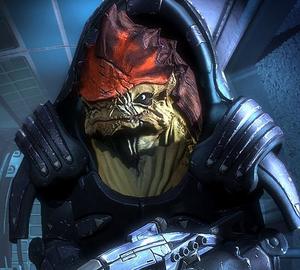

 Author Dave Gross is perhaps best known for his Forgotten Realms novels such as Black Wolf and Lord of Stormweather. He has also worked as an editor of several gaming publications, including the one-and-only Dragon Magazine, and has most recently become one of the core authors for Paizo’s new
Author Dave Gross is perhaps best known for his Forgotten Realms novels such as Black Wolf and Lord of Stormweather. He has also worked as an editor of several gaming publications, including the one-and-only Dragon Magazine, and has most recently become one of the core authors for Paizo’s new 

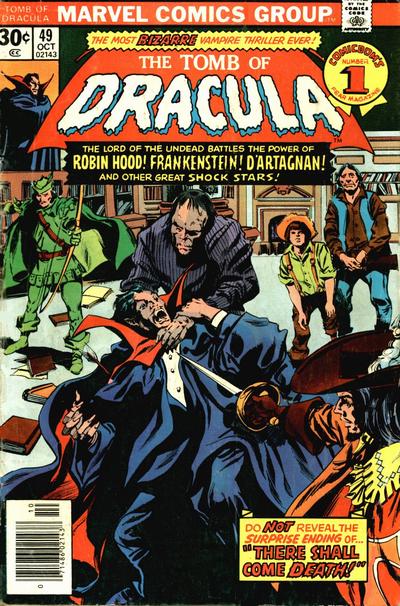
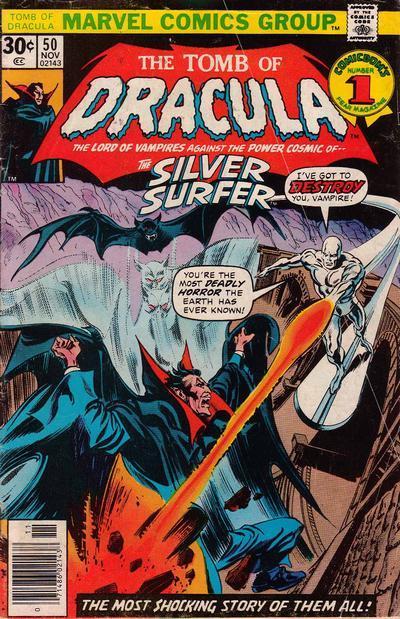
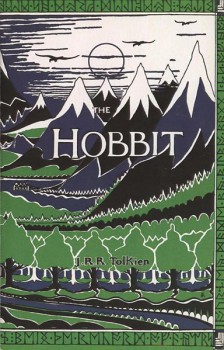 I’m officially Much More Encouraged about The Hobbit now that I’ve seen the latest production video released today.
I’m officially Much More Encouraged about The Hobbit now that I’ve seen the latest production video released today. 